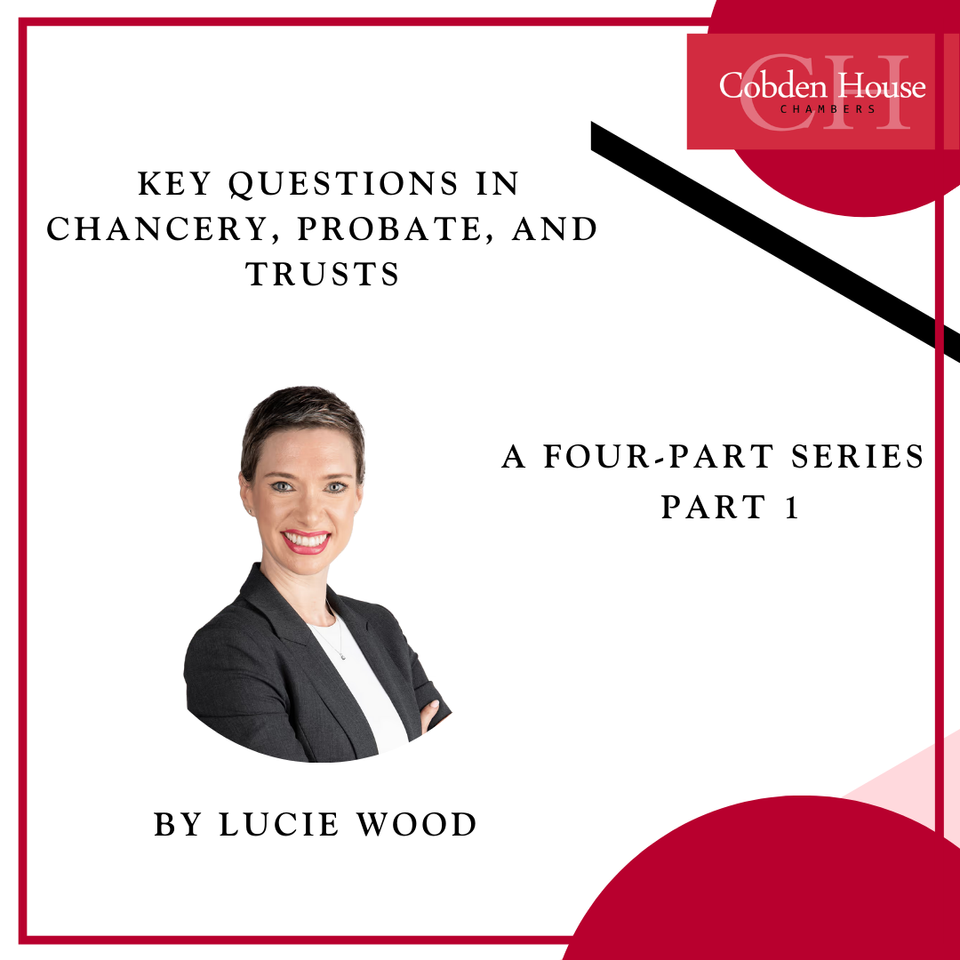
I am often asked for my opinion in relation to the prospects of success regarding an application to remove or replace a personal representative due to a breakdown of relations and/or concerns regarding the personal representative’s execution of their duties. Hence, the question is in the title of this article.
Before attempting to tackle this question, I have noted that there can be some confusion as to the appropriate route for making an application to remove or replace an executor where there has not been a grant of probate. It can be thought that the only route, in those circumstances, is ‘passing over’ under section 116 of the Senior Courts Act 1981. Whilst that can be an option, it is not the only one. As was made clear in Re Goodman, deceased [2013] EWHC 758 (Ch), an application to remove or replace an executor, in those circumstances, can be made under section 50 of the Administration of Justice Act 1985; the advantage being that it is not necessary to show ‘special circumstances’, as would be required under section 116. It is worth noting that the same is not true where letters of administration have not been granted. In those cases, where the beneficiaries do not wish the person with priority to take out letters of administration, the appropriate route would be under section 116.
So, what is the tipping point from being frustrated with the actions of a personal representative to actually being able to take action? Unsurprisingly, the answer is that it is fact-sensitive, and it will depend on the facts of the particular case. However, a ‘key ingredient’ to a successful claim is that the removal of a personal representative is in the interests of the proper administration of the estate and the best interests of the beneficiaries as a whole. A useful question to ask is whether the administration of the estate can be achieved expeditiously, in the best interests of the beneficiaries, without some change being made.
The Court will not exercise its jurisdiction under section 50 lightly and ‘the party seeking change must satisfy the court that there are substantial grounds which make a change necessary’ (Harris v. Earwicker [2015] EWHC 1915 (Ch) (para. 39)).
In paragraph 9 of the Judgment in Earwicker there is a useful summary of the key principles to be applied by the Court on a section 50 application. But what underpins all the principles, no matter what the circumstances, whether it be a breakdown of relations or wrongdoing or fault on the part of the relevant personal representative, is the question of whether it is affecting the due administration of the estate and is removal or replacement, therefore, in the best interests of the beneficiaries as a whole.
To return to my question… whilst it will only ever be possible to advise on prospects when all the facts are known, a good preliminary indicative litmus test is whether the ‘key ingredient’ is present.
Author, Lucie Wood.
This site uses cookies that enable us to make improvements, provide relevant content, and for analytics purposes. For more details, see our Cookie Policy. By clicking Accept, you consent to our use of cookies.